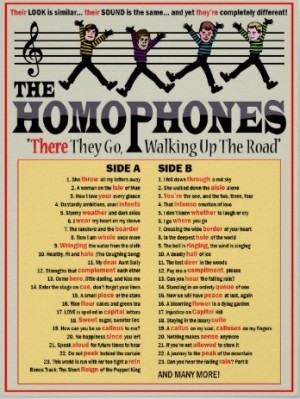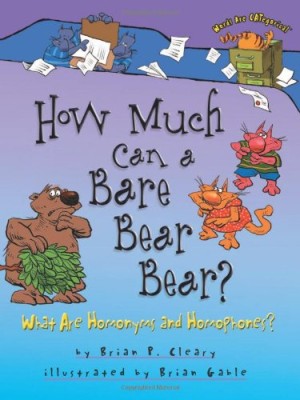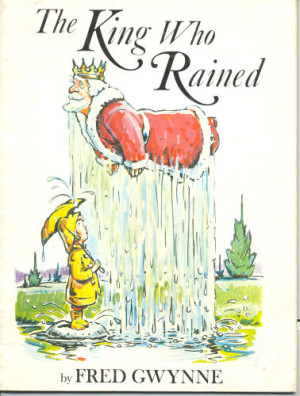Homophones, homonyms and homographs share some of the same characteristics, but they also have some key differences.
Here’s how you can tell the difference between the three:
Homophones
These are words that have the same pronunciation but have different meanings.
Homonyms
These are words that have the same pronunciation and the same spelling, but have different meanings.
Homographs
These are words that have the same spelling but have different meanings.
Similarities
This means that if a word is a homonym, it is also both a homophone and a homograph. However, it doesn’t always follow that a homophone is both a homonym and a homograph, nor is a homograph always a homophone and a homonym.
Examples
Here are some examples of words that show both the similarities and differences between the three terms:
Homophones, homonyms and homographs
Homographs only
- Lead (as in the heavy element) and lead (as in to have followers). n.b. These can also be homophones if paired with led and lede respectively.
- Wound (as in what might have happened to a clock) and wound (as in what might happen to a soldier)
Homophones only (also known as heterographs)
For a more complete definition of a homophone, click here.
Make sure you check out our complete homophones list.



